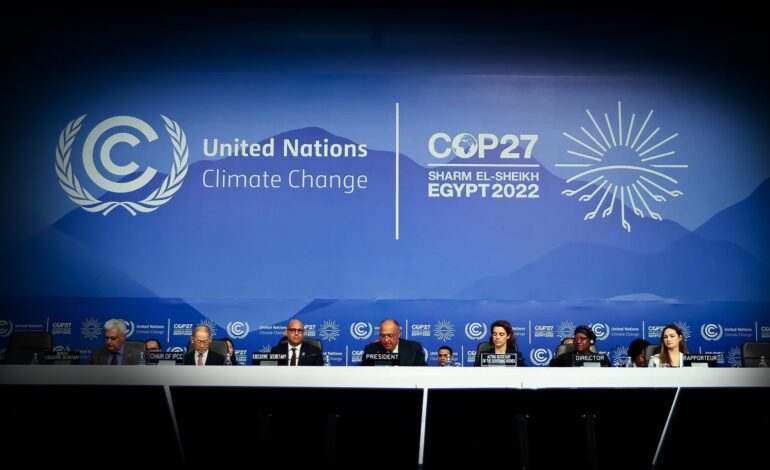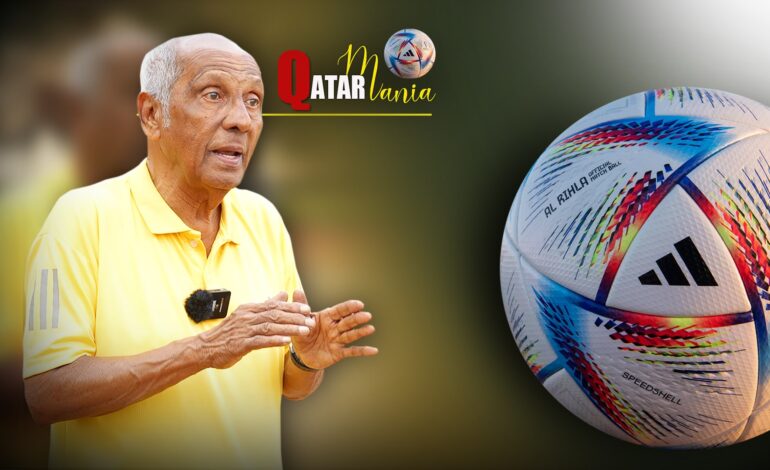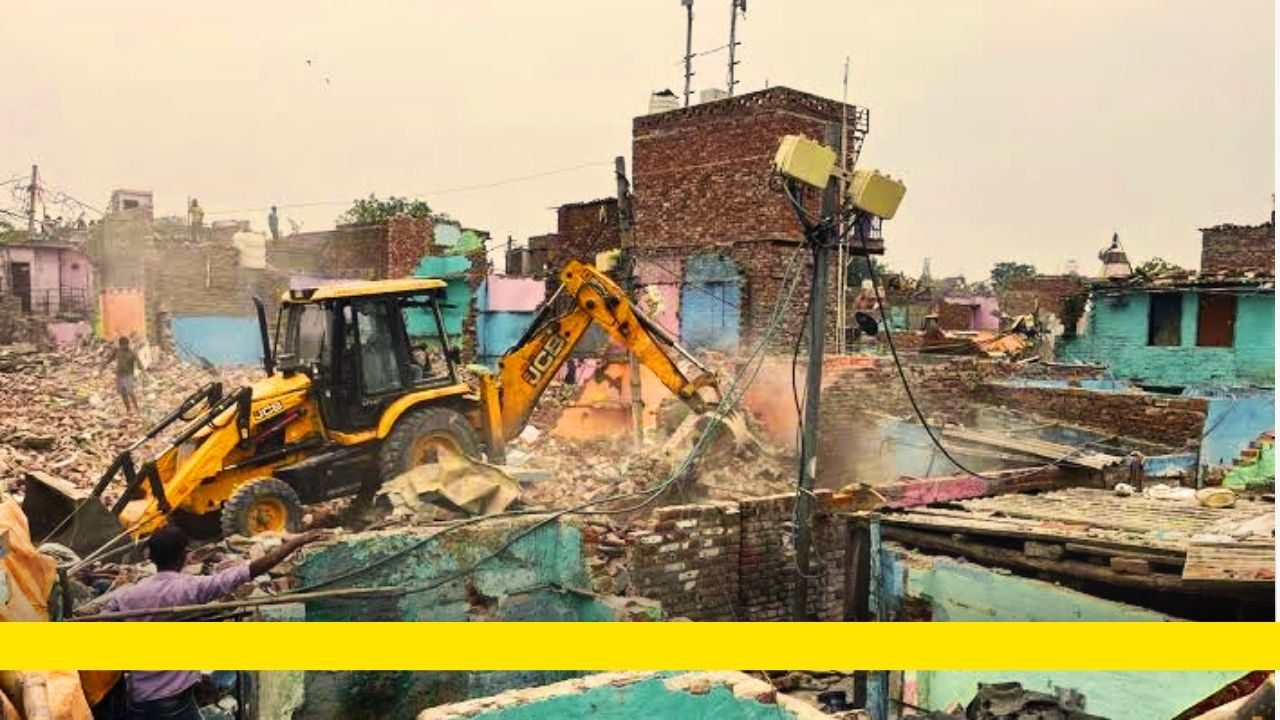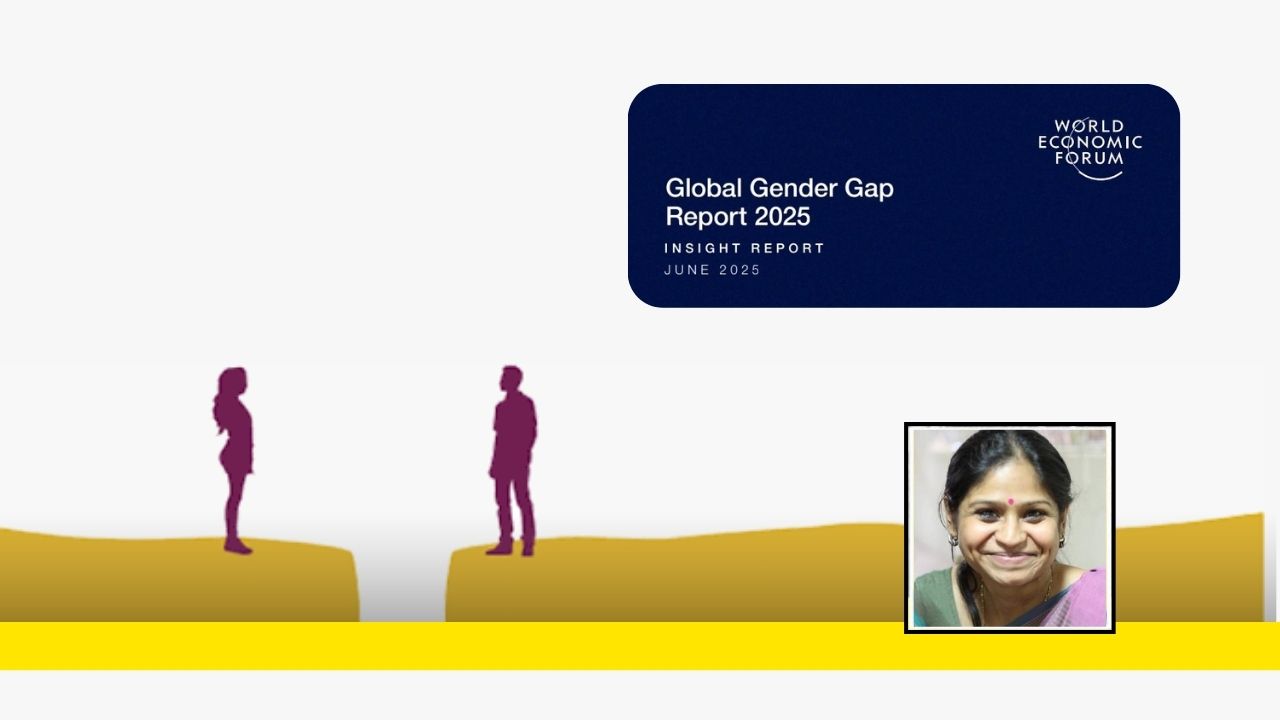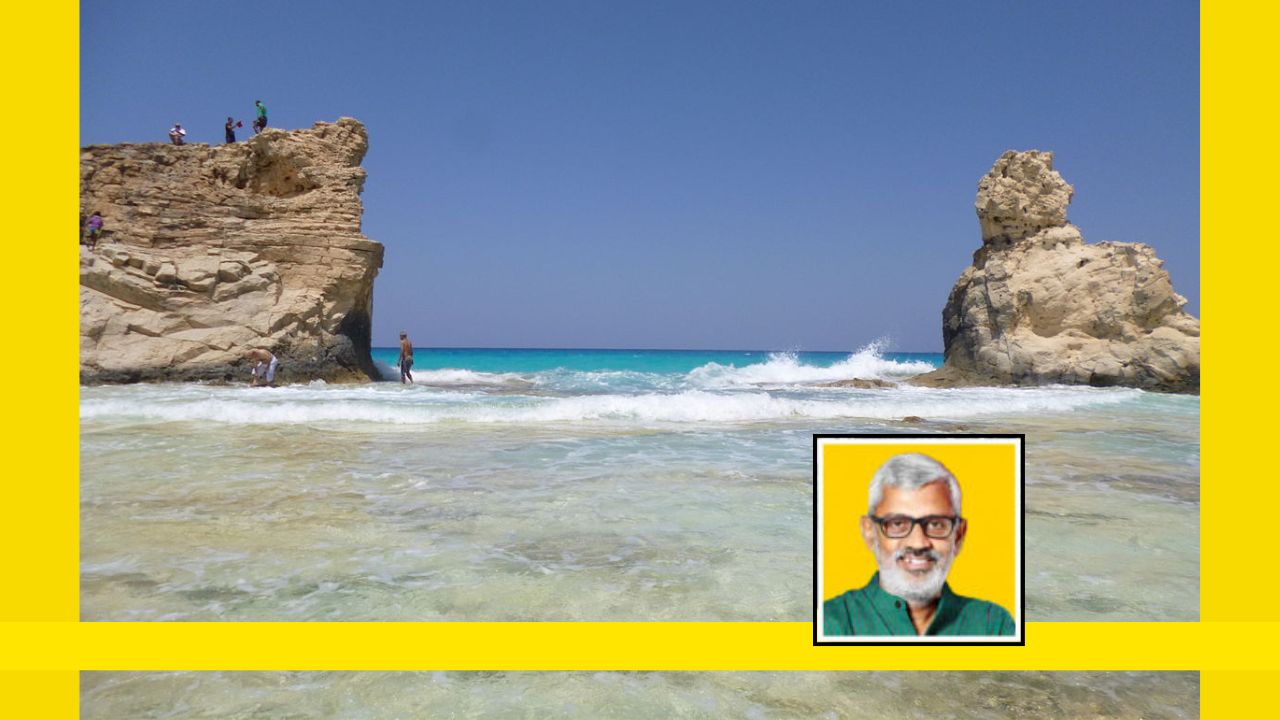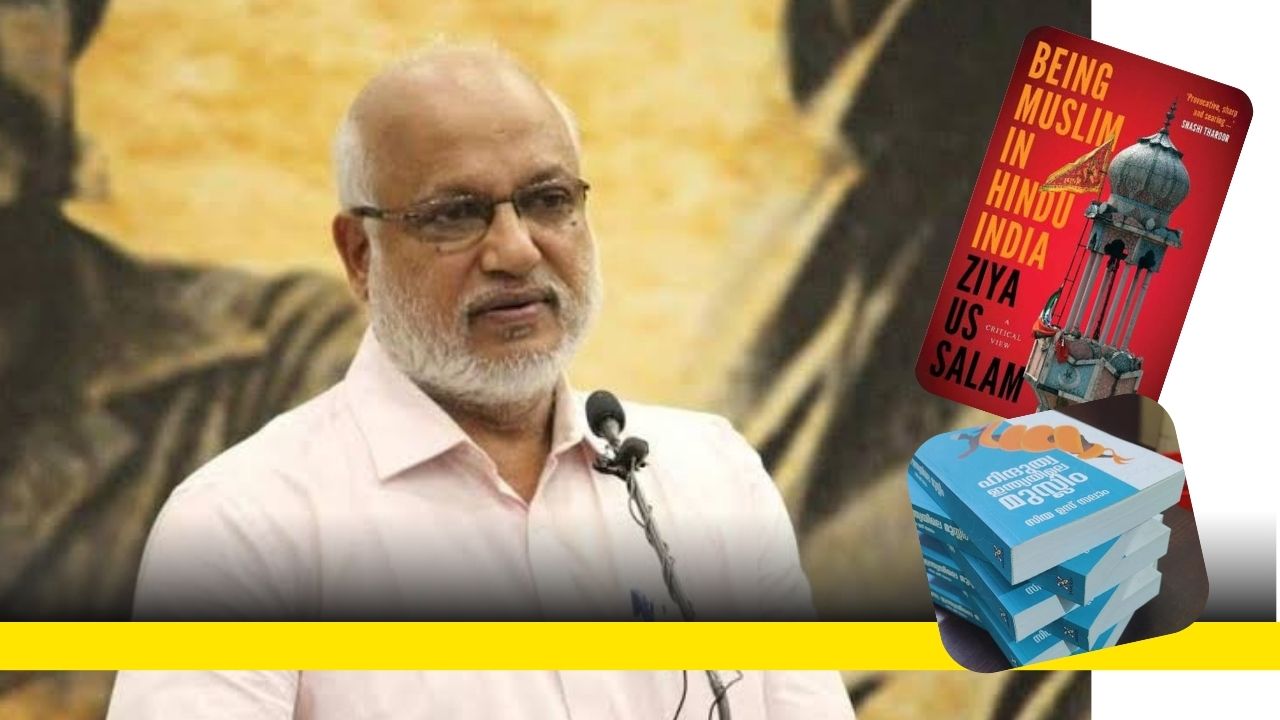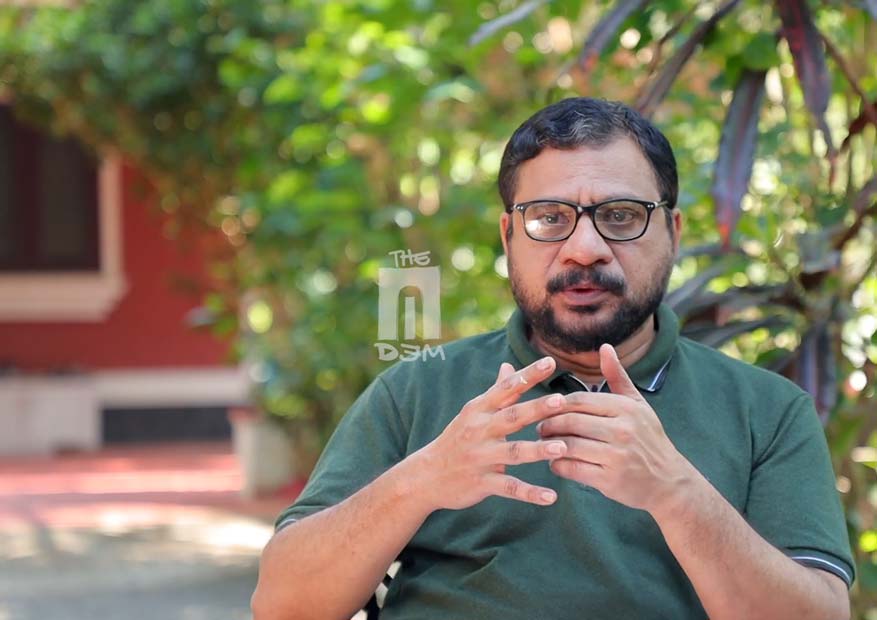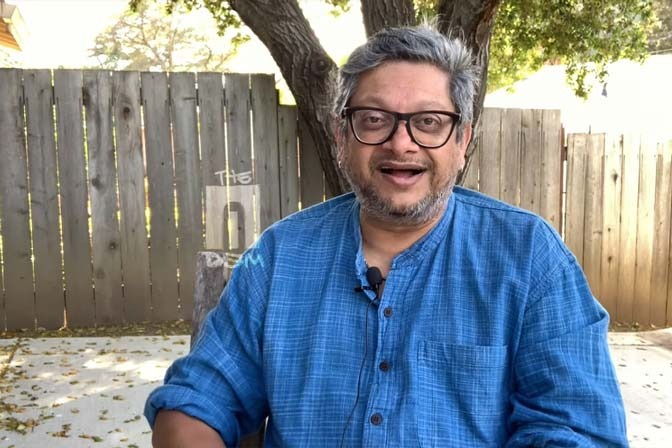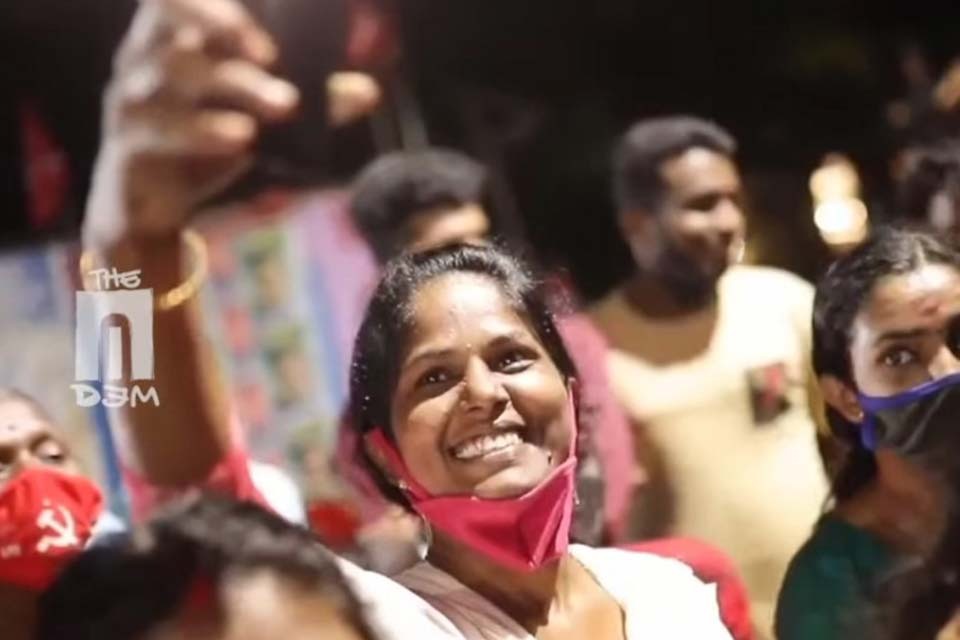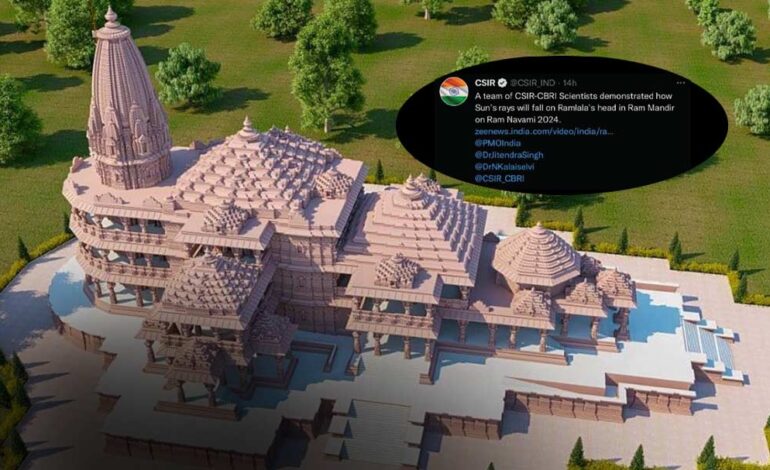
A group of prominent scientists, academics, and concerned citizens drafted an open letter criticising a project by India’s leading scientific research body, The Council of Scientific and Industrial Research (CSIR). The project aims to design an assembly of electronically controlled mirrors to ensure that the sun rays will fall on the idol of Lord Sri Ram on Ramanavami every year. It is carried out by the Central Building Research Institute (CBRI), one of CSIR’s constituent laboratories. According to reports, not just scientists from CBRI are involved in it. Experts from other premier research institutions like the Indian Institute of Astrophysics (IIA) and the Inter-University Centre for Astronomy and Astrophysics (IUCAA) also are being consulted. The project became the subject of public debate when CSIR, on November 20, tweeted that CBRI demonstrated how the sun’s rays will fall on the Ramlala’s head in Ayodhya’s Ram Mandir on the day of Ram Navami in 2024.
The scientists behind the open letter point out that there is nothing new about devising a way that allows sun rays to enter the inner sanctum of a place of worship on a fixed solar calendar date. But doing so for Ram Navami every year is a tricky proposition as it is based on the lunisolar calendar. Days of the lunisolar calendar do not coincide with a fixed date in the solar calendar. This complication will make the system CBRI design an overengineered resource-heavy complex solution. At a time when scientific research in the country is paralyzed by multiple and severe underfunding issues this is a criminal waste of resources and money, the letter argues.
“Bringing out a cannon to kill an ant” as seen here is not the only issue. The letter says that it is shocking to see the institutions supposed to promote scientific temper as envisioned in the constitution are involved in foolhardy projects like this.
Following is the full text of the letter:
An Open Letter from Scientific Community and Scientifically Oriented Citizens
On Sunday 20th November CSIR tweeted about a new project by one of their constituent institutes (Central Building Research Institute, Roorkee).
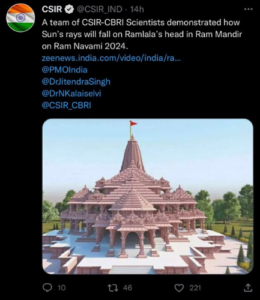
More detailed reports about the project were published by several news outlets as seen here:
https://www.telegraphindia.com/india/ayodhya-sun-to-shine-on-ram-with-science/cid/1899477
The reports also mention that researchers at CBRI claimed that IIA and IUCAA are involved in this project.
Based on reported description of the project, we have following observations:
- Installing a door or window at a strategic location such that sun rays reach the inner sanctum on a chosen date is not a novel feature in Indian places of worship. One finds many temples as well as Buddhist caves with such windows and doors. For such an opening, the sun rays will reach a designated spot every year on a fixed date as per solar calendar. However, Ram Navami date is determined by a luni-solar calendar and hence it doesn’t coincide with a fixed date in the solar calendar. Thus, a static opening will not achieve the desired result.
- The CBRI researchers seem to have correctly realised this practical difficulty. Their solution is to design a contraption which will keep adjusting itself in an automated way to match with the 19 year Metonic Cycle. This approach, although technologically feasible, is against the spirit of scientific process for two reasons:
- Firstly, this approach overcomplicates the solution. There are other much simpler ways to achieve the falling of sun rays on the idol exactly on the Ram Navami like some temple staff manually turning the mirror. Instead, the CBRI has chosen to design a set of mirrors mounted on a gear assembly controlled electronically to achieve exactly the same effect.
This is akin to badly designed school level science fair projects that many of us see each year, where purpose is not solving a problem in an elegant way but it is to devise as complicated and as resource heavy solution as possible in a hope to impress the audience / judges merely by the complexity of the solution. Or as is said in a popular idiom “bringing out a cannon to kill an ant”.
- Secondly, the chosen approach doesn’t advance our scientific or technological understanding in any way. Engineering such a device may be a good learning exercise for an undergraduate student, but researchers are expected to focus on quests which advance human knowledge. Researchers in a CSIR laboratory wasting time on such trivial pursuit, which does not lead to any scientific / technological discovery or a new insight, is a criminal waste of skilled human resources and public money. Even more so in a context wherein younger science researchers are facing horrendous and demoralising delays in disbursement of their allocated research grants and fellowships.
- Scientific institutions of excellence like IUCAA and IIA perforce work in a framework of scientific temper, and spread scientific thinking which is their core value, thus upholding the constitution. It is shocking to see their names associated with such a foolhardy pursuit. It would be in the best interests for these institutes to clarify the air about their alleged role in this project. Their peers deserve to know where these institutes stand on the issue of scientific temper.
Signed by Prof. Aniket Sule, Mumbai, Prof. Prajval Shastri, Bengaluru, Prof. Soumitro Banerjee, Kolkata, Prof. Naresh Dadhich, Pune, Prof. Sabyasachi Chatterjee, Bengaluru, Prof. Nissim Kanekar, Pune, Prof. Ravinder Kumar Banyal, Bengaluru, Prof. S. P. Rajaguru, Bengaluru, Prof. Manoj Puravankara, Mumbai, Dr. Shriharsh Tendulkar, Mumbai, Dr. Ruta Kale, Pune, Prof. Anandmayee Tej, Thiruvananthapuram, Dr. Shadab Alam, Mumbai, Prof. Preeti Kharb, Pune, Prof. Pravabati C., Bengaluru, Prof. P. Ajith, Bengaluru, Prof. Arnab Bhattacharya, Mumbai, Prof. B. Sury, Bengaluru, Prof. Gautam Menon, Sonipat, Prof. Sharadchandra Lele, Bengaluru, Prof. Nandita Narain, Delhi, Prof. Rahul Nigam, Hyderabad, Prof. Ayan Banerjee, Kolkata, Prof. Aurnab Ghose, Pune, Prof. Bittu K R, Sonipat, Prof. S. Krishnaswamy, Madurai, Prof. Suresh Govindarajan, Chennai, Prof. Jyotsna Vijapurkar, Navi Mumbai, Prof. Mujtaba Lokhandwala, Pune, Prof. Medha Rajadhyaksha, Mumbai, Dr. Deepshikha Nagar, Thiruvananthapuram, Prof. Pradeep Kumar Datta, Kolkata, Prof. Anindita Bhadra, Kolkata, Mr. Kollegela Sharma, Mysuru, Prof. Aahana Ganguly, Bengaluru, Prof. Shanta Laishram, Delhi, and 300 others.


